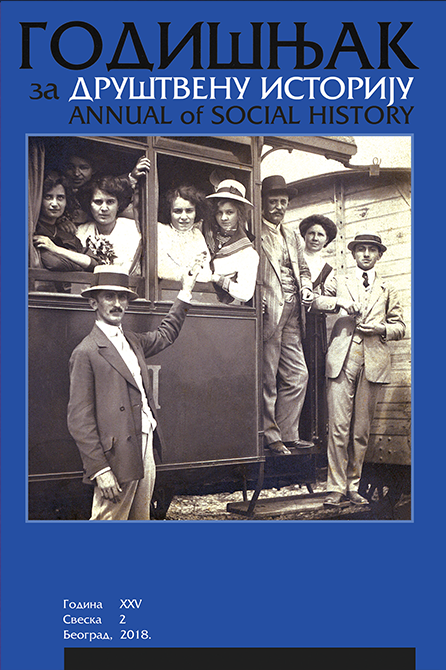Иза застора југословенске федерализације: Александар Дероко и дијалектика идентитета у архитектури средњовековне Србије
Behind the Curtain of Yugoslav Federalisation – Aleksandar Deroko and Dialectics of Identity in the Medieval Serbian Architecture
Author(s): Aleksandar IgnjatovićSubject(s): Social history, Recent History (1900 till today)
Published by: Udruženje za društvenu istoriju
Keywords: historiography; socialist Yugoslavia; nationalism; ideology; medieval Serbia
Summary/Abstract: There is no doubt that a principal credit for the pupularization of a specific interpretive focus on the architecture of medieval Serbia, originally employed by Gabriel Millet at the beginning of the XX century, was taken by Aleksandar Deroko. His popular monograph and university textbook Monumentalna i dekorativna arhitektura u srednjovekovnoj Srbiji (Monumental and Decorative Architecture in Medieval Serbia), published in three successive editions (1953, 1962 and 1985), has further strengthened Millet’s interpretation. Nevertheless, a deeper insight into Deroko’s textual and visual narratives not only revealс a series of modifications of the original Milletian scheme, but also indicateс the social importance and ideological instrumentality of medieval architecture in the thorny context of national question in socialist Yugoslavia. This article explores Deroko’s attitudes towards questions of national identity, ethnoenesis and politogenesis in a dual interpretive context of the humanities of the time and the ideology of Yugoslav „brotherhood and unity”. While discussing the dialectic between inclusive Slavic identity and mоre exclusive, particular identities of Yugoslav nations in Deroko’s narrative, this article claims that, because of its ideological instrumentality, architectural history in socialist Yugoslavia should be considered as a major historical source.
Journal: Godišnjak za društvenu istoriju
- Issue Year: 2018
- Issue No: 2
- Page Range: 63-88
- Page Count: 26
- Language: Serbian

